The Muromachi Period and the Development of Tea Ceremony
The Muromachi period saw a significant flourishing of Japan’s tea culture. During this era, tea ceremony evolved from a mere beverage into a culture that combined artistic and spiritual elements. The matcha tradition we are familiar with today is deeply rooted in this period.
The Connection Between the Muromachi Shogunate and Tea Ceremony
The Muromachi period (1336-1573) was an important era when Japanese tea culture underwent major transformation. During this time, tea ceremony was refined in the samurai society centered around the shogun’s family, laying the foundation for the tea ceremony we know today. Particularly during the era of Ashikaga Yoshimasa (1436-1490), tea ceremony was greatly encouraged as part of the Higashiyama culture.
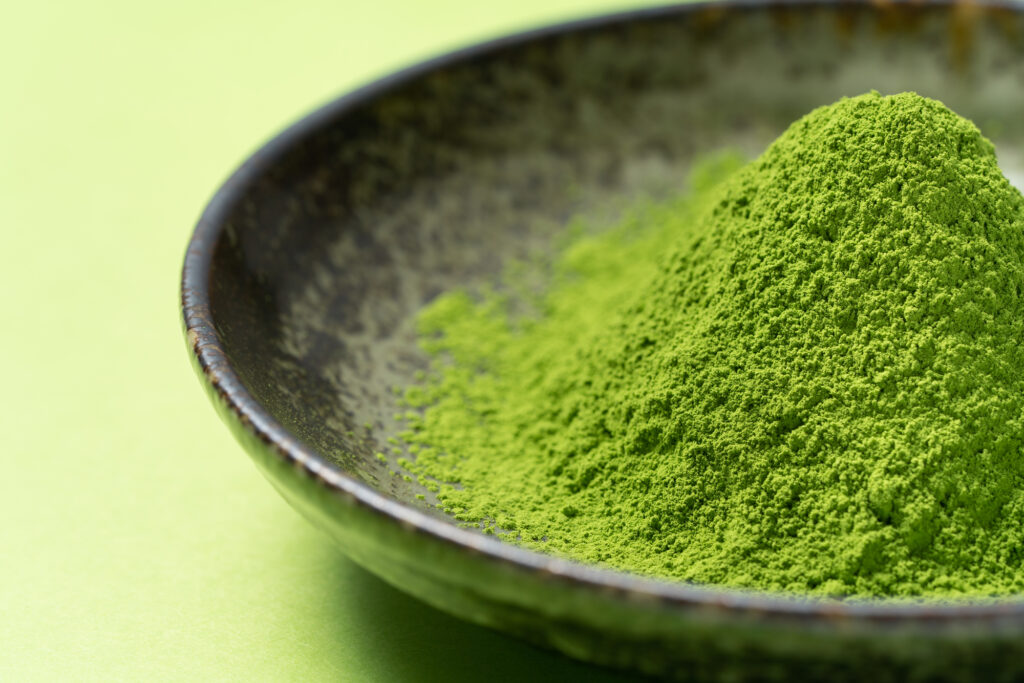
Ginkaku-ji Temple (officially known as Jishō-ji), built in Higashiyama in Kyoto, symbolized Muromachi culture and also served as a stage for the development of tea ceremony. The tea gatherings held here became venues for interaction among cultural figures of the time, deepening the etiquette and spirituality of tea ceremony.
From Tōcha to Wabi-cha
In the early Muromachi period, a game called “tōcha” (tea contest), in which participants guessed the origin and quality of tea, was popular among nobles and samurai. While this was merely a form of entertainment, it gradually evolved toward a direction that emphasized the essential taste and spirituality of tea.
Particularly noteworthy is the presence of Murata Jukō (1423-1502). Incorporating Zen philosophy, Jukō introduced the aesthetics of “wabi” to tea ceremony, establishing the foundation of “wabi-cha,” which pursued modest and simple beauty, a departure from the previous lavish tea ceremonies centered around Chinese objects (karamono).
The Birth of the Tea Room and the Four-and-a-Half Mat Space
In the late Muromachi period, dedicated spaces for tea ceremony—tea rooms—emerged. Especially the four-and-a-half mat tea room, said to be conceived by Jukō, played such an important role in the development of tea ceremony that it is said, “Tea ceremony begins with four-and-a-half mats.”
This small space encapsulates the aesthetic sense and spirituality of the Japanese people of that time. Tea ceremony conducted in the limited space of four-and-a-half mats provided a setting where all participants could face each other equally, enabling interaction that transcended social status.

According to surviving historical materials, by the end of the Muromachi period, the formalities of tea ceremony had begun to be systematized, with the basics of handling tea bowls and tea preparation (temae) being established. This became the foundation for “wabi-cha,” which would later be perfected by Sen no Rikyū during the Azuchi-Momoyama period.
The Beginning of the Muromachi Period and the Transformation of Tea Culture: Shifting to the Aesthetics of Wabi-Sabi
The Muromachi period, which began with the era of Ashikaga Yoshimitsu, marked a turning point in the history of tea ceremony. The transformation of tea culture from the Chinese object-worshipping “tōcha” to a new aesthetic sense called “wabi-cha” can be said to have formed the core of Japanese aesthetics.
From Tōcha to Wabi-cha: A Major Shift in Aesthetic Consciousness
“Tōcha,” which had continued since the Kamakura period, was a highly playful tea gathering where participants guessed the origin and quality of tea. However, in the middle of the Muromachi period, this lavish way of enjoying tea changed to tea ceremony that valued “wabi-sabi.” Behind this change were the influence of Zen Buddhism and the cultivation of a uniquely Japanese aesthetic sense.
According to research, tea ceremony in the Muromachi period divided into two streams: “shoin-style tea” and “sōan-style tea.” The “shoin-style tea” enjoyed by the shogun’s family and nobles was lavish, using expensive Chinese tea utensils called “karamono.” On the other hand, “sōan-style tea,” initiated by Murata Jukō, used Japanese-made utensils in modest tea rooms, emphasizing spirituality.
Murata Jukō and the Birth of “Wabi-cha”
The turning point in Muromachi period matcha culture was the emergence of Murata Jukō (1423-1502), a disciple of Nōami. Jukō played an important role in the development of tea ceremony and established a new form of Muromachi tea culture. Considered the founder of “wabi-cha,” he brought the following innovations:
- Began using small four-and-a-half mat tea rooms
- Incorporated Japanese objects (wamono) instead of focusing solely on Chinese objects
- Hung “Shingyō’s poem” in the tea room, emphasizing spirituality
Particularly noteworthy is that Jukō introduced the concept of “mitate” (creative recontextualization). This is an aesthetic that finds new value in everyday tools, such as using farming tools as tea utensils, bringing a unique aesthetic sense to Muromachi tea ceremony.
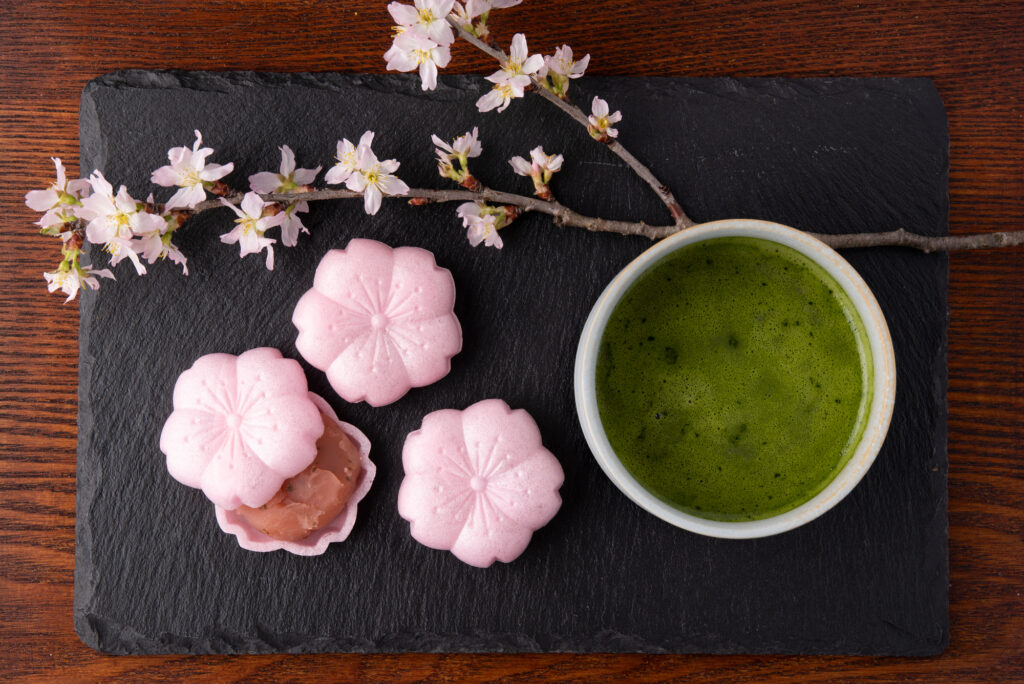
According to historical records, by the time of Ashikaga Yoshimasa (1449-1473), this new form of tea ceremony was recognized even within the shogunate. As part of the Higashiyama culture, tea ceremony with a wabi aesthetic permeated samurai society.
This change was not merely a change in the way of drinking tea but a turning point in Japanese aesthetic consciousness itself, becoming an important step toward the perfection that would come with Sen no Rikyū.
The Golden Age of Tea Ceremony Built by the Ashikaga Shogun Family: The Fusion of Politics and Culture
The Muromachi period, especially the era of the Ashikaga shogun family, was an extremely important turning point in Japanese tea ceremony culture. Political power and cultural refinement merged beautifully, laying the foundation for tea ceremony that continues to this day.
Ashikaga Yoshimasa and the Flowering of Higashiyama Culture
The eighth shogun, Ashikaga Yoshimasa (1436-1490), despite living in a time of warfare, showed deep insight into cultural pursuits including tea ceremony. Higashiyama-dono (Ginkaku-ji Temple), which he established, became the center of artistic culture called “Higashiyama Culture.” Yoshimasa elevated tea from a mere beverage culture to a comprehensive art form combining aesthetic sense and spirituality.
According to records of the time, Yoshimasa’s tea gatherings invited diverse cultural figures such as Noh performers, renga poets, and high priests, forming a venue for cultural exchange through tea. This phenomenon of politics and culture being closely connected was unique to the Muromachi period.
Dōbōshū and the Refinement of Tea Ceremony
The existence of artistic advisors called “dōbōshū,” who served the Ashikaga shogun family, also contributed greatly to the development of tea ceremony. Dōbōshū such as Nōami and Sōami established aesthetic standards for tea ceremony through activities like appraising Chinese art objects (karamono) and arranging tea gatherings.
Through their activities, the wabi-sabi aesthetic was incorporated into tea room spatial design and tea utensil selection, establishing the characteristic style of Muromachi tea ceremony. Many of the masterpieces called “Higashiyama gomotsu” (National Treasures) were collected by the shogun family during this period.
The Relationship Between Power and Tea Ceremony
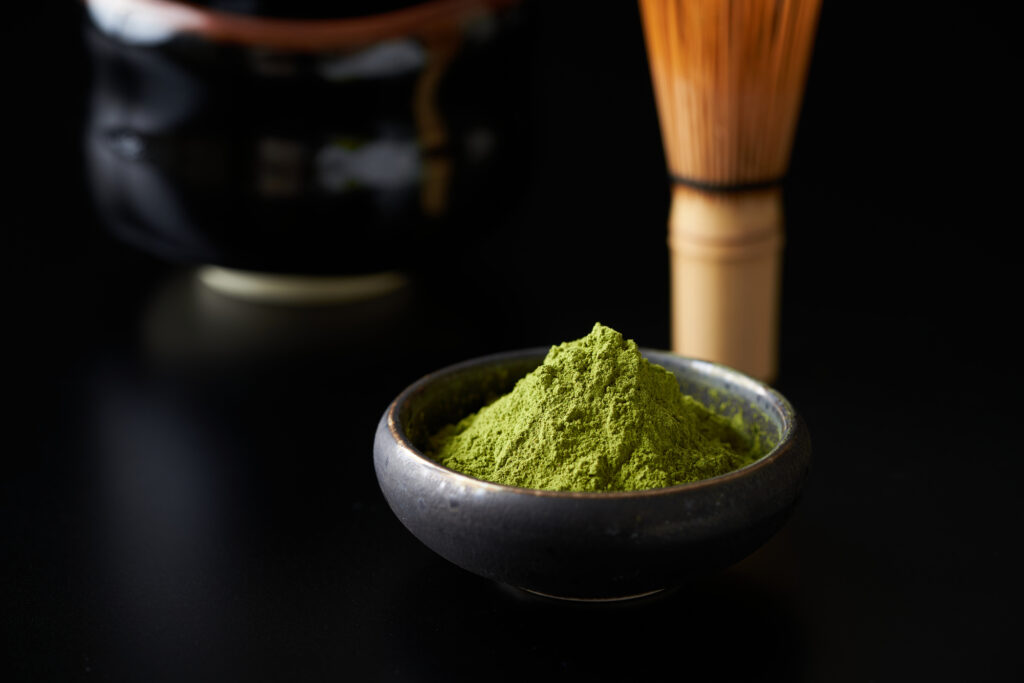
What’s interesting is that even in a period of political turmoil moving toward the Warring States period, tea ceremony was regarded as an important means of political communication. The Ashikaga shogun family tried to maintain political influence by adjusting relationships with the warrior and court nobles through tea gatherings and demonstrating cultural authority.
According to historical sources, more than 60 important figures participated in a tea gathering at Higashiyama-dono in 1489, with political meetings and cultural exchange occurring simultaneously. Thus, tea ceremony in the Muromachi period functioned not merely as a world of hobby but as an important social device where politics and culture intersected.
From Murata Jukō to Sen no Rikyū: The Full-Scale Development of Tea Ceremony and the Establishment of Wabi-cha
In Search of the Essence of Tea Ceremony: Murata Jukō’s Innovation
In the middle of the Muromachi period, Murata Jukō (1423-1502) created an important turning point in the history of tea ceremony. Jukō, who was also a Zen monk, departed from the lavishness of “tōcha” and “shoin-style tea” to pursue the spirituality of simple, modest tea. The aesthetic of “wabi” that he advocated greatly influenced the tea culture of the Muromachi period.
Jukō served tea in a small four-and-a-half mat room, establishing the foundation of “small room tea.” The idea of enjoying tea in a modest space rather than a lavish shoin-style room became the essence of later tea ceremony. The historical document “Jukō Chabōsho” records Jukō’s thoughts on tea ceremony, clearly showing his attitude that emphasized spirituality, stating “tea ceremony is one with Buddhist law.”
Sen no Rikyū and the Completion of Wabi-cha
Sen no Rikyū (1522-1591) inherited and further developed Jukō’s philosophy. Rikyū was active from the late Muromachi to the Azuchi-Momoyama period, establishing the foundation of tea ceremony that continues to the present day. Rikyū’s tea, which pursued “wabi-sabi” to the extreme, had a revolutionary impact on the society of the time.
Rikyū created tiny two-mat tea rooms, exemplified by “Taian” (National Treasure), completing the form of “sōan tea rooms.” He also pursued simple, imperfect beauty, such as preferring to use Raku ware tea bowls. With the culmination of Muromachi period tea ceremony by Rikyū, tea ceremony transcended from a mere food culture to a comprehensive art form with spirituality.
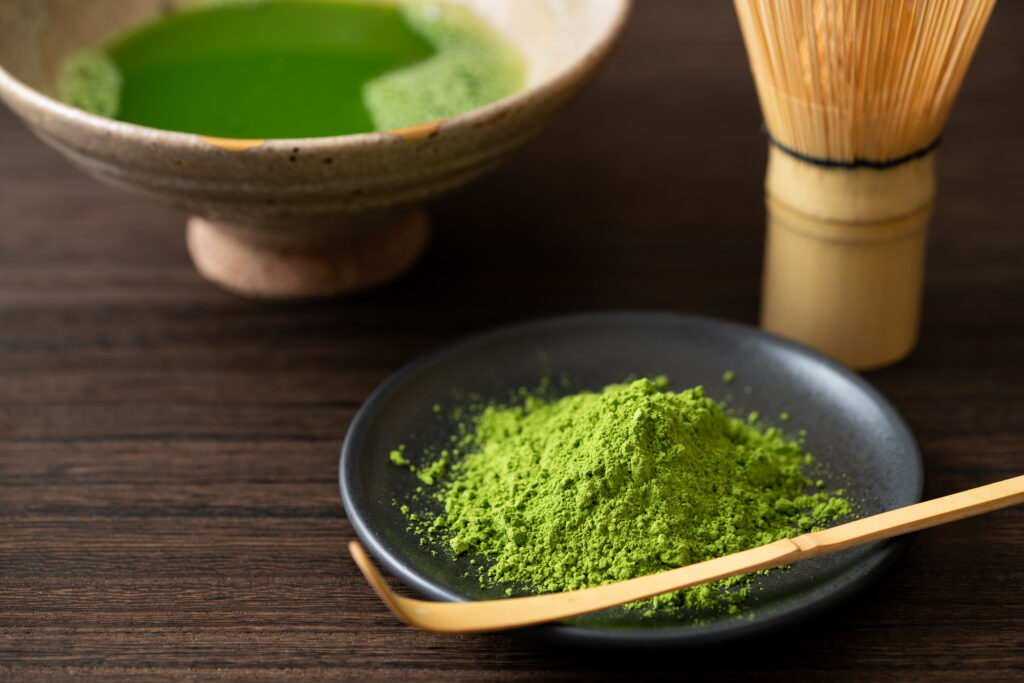
Rikyū’s tea spirit is summarized in the phrase “wa-kei-sei-jaku” (harmony, respect, purity, and tranquility). This represents the ideals of harmony (wa) in the tea room, a heart that respects others (kei), purity (sei), and tranquility (jaku). This philosophy, as the culmination of tea culture that emerged in the Muromachi period, continues in modern tea ceremony.
Rikyū’s tea ceremony greatly influenced warriors as well, with powerful figures such as Oda Nobunaga and Toyotomi Hideyoshi deeply devoted to tea ceremony. His relationship with Hideyoshi was particularly deep, and tea gatherings were sometimes used as political venues, showing that Muromachi period tea ceremony had social significance beyond culture.
From Shoin-style Tea to Sōan-style Tea: The Evolution of Tea Ceremony Spaces and Styles in the Muromachi Period
Transition from Shoin Architecture to Sōan Tea Rooms
From the middle to late Muromachi period, the space for tea ceremony underwent a significant transformation. Initially, tea ceremony was conducted as “shoin-style tea” in lavish, spacious shoin-style halls. At Dōjinsai in Higashiyama-dono (present-day Ginkaku-ji Temple), where Ashikaga Yoshimasa lived, tea ceremonies were held as symbols of power and wealth, adorned with imported Chinese objects.
However, with the social chaos and changes in values after the Ōnin War (1467-1477), the style of tea ceremony also gradually changed. Murata Jukō (1423-1502) proposed the concept of “wabi-cha” during this period, greatly influencing the spirituality of tea ceremony.
The Birth of Wabi-cha and the Reduction of Space
Jukō is said to have conceived the “four-and-a-half mat tea room,” which became the prototype for later sōan tea rooms. Tea rooms shrank from the spacious shoin-style to smaller, more intimate spaces. The National Treasure “Tōgudō Dōjinsai” (at Ginkaku-ji) is known as a four-and-a-half mat tea room, preserving the tea room style of that era.
This change was deeply related to the social background of the time. With the turmoil in samurai society and the rise of townspeople’s culture, tea ceremony evolved from a display of power to a direction that emphasized inner spirituality. According to historical records, Jukō’s “Letter of the Heart” written in 1488 states that “tea ceremony is one with Buddhist law,” indicating that tea ceremony changed from merely drinking a favorite beverage to a place for spiritual discipline.
Characteristics and Significance of Sōan Tea Rooms
The characteristics of sōan tea rooms lie in their simplicity and functionality. In contrast to the lavish decorations of shoin architecture, sōan tea rooms favored modest constructions that utilized natural materials. They featured distinctive elements such as thatched roofs, earthen walls, and designs that preserved the natural texture of bamboo and wood.
Additionally, the small entrance called “nijiriguchi” required even high-ranking warriors to bow when entering, symbolizing the idea that everyone is equal in the tea room regardless of social status. This spatial style, which fused the refined aesthetic sense of Higashiyama culture with the aesthetics of wabi-sabi, greatly influenced Sen no Rikyū later on, forming the core of Japanese tea ceremony culture.
ピックアップ記事
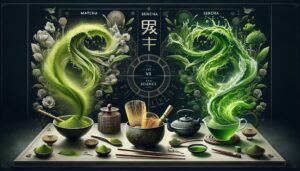
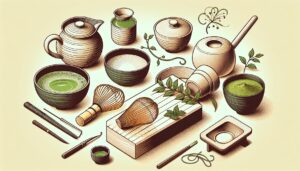

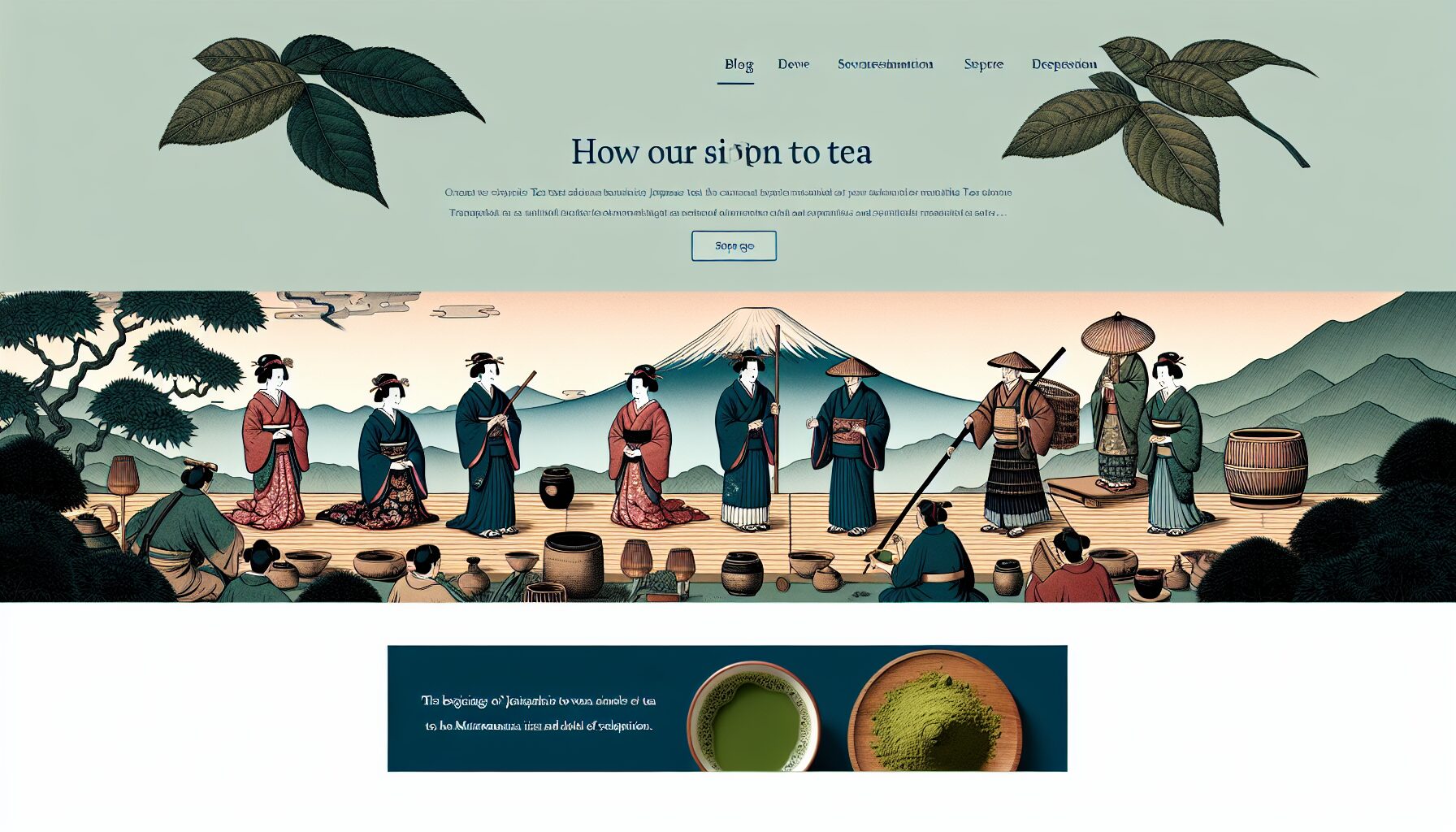

Comments